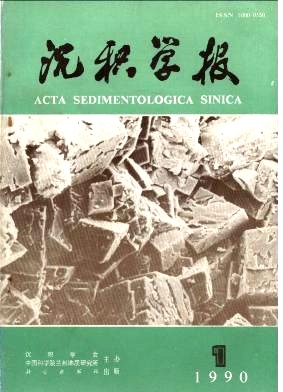RARE- EARTH ELEMENTS IN CONTINENTAL SHELF SEDIMENTS OF THE CHINA SEAS
- Received Date: 1987-07-15
- Publish Date: 1990-03-10
Abstract: The representative samples of continental shelf sediments from the Bohai Sea, Yellow Sea, East China Sea and South China Sea have been selected and the concentrations of 15 rare earth elements (REE) in these sediments have been mcasurde by X-ray fluorescent spectral analysis.Relative eucrs of the measurement are less than 10% .The results of stults show that the abundance of REE in continental shelf sediments of the China Seas is 156ppm, which is relatively close to that in Loess of China and Fujian granite, but different from that in Pacific sediments.It is evident that the REE have an" inherited" or "philo- continental" property.The average content of REE is controlled by sediment grain-size, that is, REE contents increase gradually with the decrease in grain size. REE distribution patterns demonstrate a distinctly negative slope, which means that the light rare earth element (LREE) concentrations are obviously larger than those of the heavy rare earth elements (HREE), indicating a typical characteristic of rare earth elements of the continental crust. Experiments show that REE mainly concentrate in the clay minerals (2u), and thye are not largely absorbed as cations by clay minerals, but mainly esist in crystal lattices of clay minerals as isomorph.Secondly, some of REE lie in heavy minerals.In regard to the correlation analysis and cluster analysis, the REE have a close relationship with most elements related with clay minerals, such as Al, Ti, K, Rb, Fe, etc.In contrast, the Ca and Sr.All mentioned above suggests that the rocks widely distributed in continent of China, which were weathered and transported, are the main soured of REE in continental shelf sediments of the China Seas.
| Citation: | Zhao Yiyang, Wang Jintu, Qin Chaoyang, Chen Yuwei, Wang Xianjue, Wu Mingqing. RARE- EARTH ELEMENTS IN CONTINENTAL SHELF SEDIMENTS OF THE CHINA SEAS[J]. Acta Sedimentologica Sinica, 1990, 8(1): 35-43. |






 DownLoad:
DownLoad: